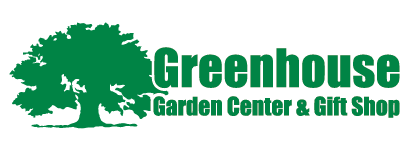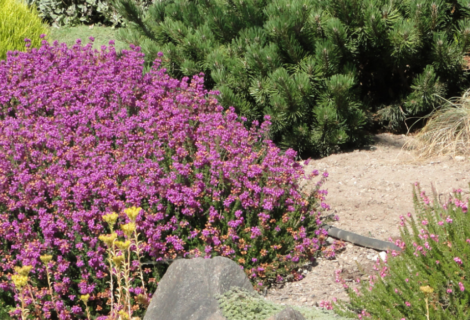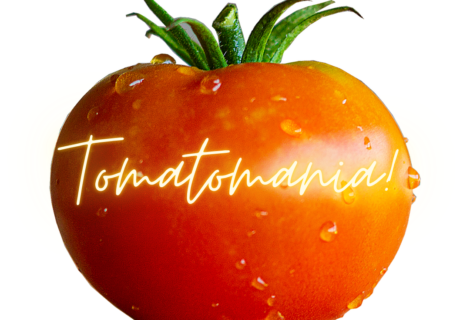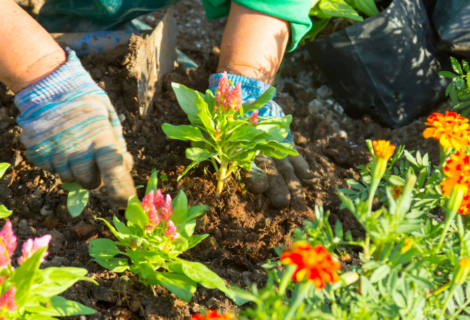Discover the Magic of Dwarf Conifers
Expert Tips from Expert Gardeners – Dwarf Conifers
Tiny evergreens may be small, but dwarf conifers deliver big impact in any garden. Join our resident gardening expert, Brian, as he walks you through everything you need to cultivate these miniature marvels with confidence and style.
1. Variety Selection
Dwarf conifers come in a stunning array of shapes, textures, and hues.
- Spruces: From silvery-blue Picea ‘Glauca Globosa’ to compact Picea abies ‘Little Gem’.
- Pines: Try Pinus Mugo ‘Mops’ for a rounded form or Pinus strobus ‘Snow Angel’ with its frosty needles.
- Junipers & Cypress: Juniperus ‘Blue Chip’ offers denim-blue foliage, while Chamaecyparis obtusa ‘Nana Gracilis’ brings rich green spirals.
Choosing the right species ensures year‑round color and structure that fits your space.
2. Site & Soil Essentials
- Light Requirements: Most dwarf conifers thrive in full sun, but some tolerate light shade. Match the plant’s preference to your garden’s exposure.
- Soil Prep: Well‑draining soil is crucial. Amend heavy clay or sandy beds with compost to balance moisture retention and drainage.
3. Planting & Care
- Planting Technique: Dig a hole twice as wide as the root ball but no deeper. Position the top of the root ball just above soil level to encourage proper drainage.
- Watering: Keep the soil evenly moist during the first season. Once established, most dwarf conifers require only occasional deep watering.
- Feeding: A light application of slow‑release evergreen fertilizer in early spring supports healthy growth without overfeeding.
- Maintenance & Pruning
- Minimal Pruning: Dwarf conifers grow slowly—often less than a foot per year—so heavy pruning isn’t necessary.
- Shaping Tips: Snip back the very tips of new shoots in spring to maintain compact form and encourage dense branching. Avoid cutting into old wood.
5. Creative Design Uses
- Rock & Alpine Gardens: Their compact size makes dwarf conifers perfect accents among stones and gravel.
- Container Plantings: Combine with seasonal flowers in tubs for year‑round interest on patios and entryways.
- Bonsai & Living Art: Certain cultivars lend themselves to bonsai, showcasing their miniature stature and elegant forms.
- Mixed Borders: Use as low‑growing anchors in front of taller perennials or as evergreen contrast alongside flowering shrubs.
Growing Zones
With Northern Nevada straddling Zones 6a, 6b, and 7a (–10°F up to +5°F), you’ll want to fine‑tune your plant choices and timing based on those small but meaningful differences:
Frost Dates & Planting Schedules
- In Zone 7a pockets, you can safely plant frost‑tender annuals (tomatoes, peppers) 1–2 weeks earlier than in cooler Zone 6b/6a spots.
- Conversely, in Zone 6a microclimates—like low‑lying frost sinks or shaded corners—delay warm‑season sowing and be ready to cover young seedlings if a late cold snap hits.
Cultivar Selection
- Opt for varieties rated to at least one zone colder than your coldest spot. For example, in 6a areas, choose perennials and fruit trees hardy to Zone 5 or 6. In warmer 7a areas, you might successfully grow marginally tender ornamentals that struggle elsewhere.
Winter Protection
- Those edge‑of‑town 6a sites benefit from extra mulch, burlap wraps, or row covers on sensitive shrubs and new transplants. Warmer 7a gardens often need less insulating mulch, but watch for winter sunscald on south‑facing bark.
Microclimate Management
- Use south‑ or west‑facing slopes and sheltered corners to gain half‑zone warmth—ideal for heat‑loving specimens. Avoid frost pockets in hollows or against north‑facing walls where cold air pools.
Irrigation & Soil Care
- Slightly warmer areas dry out sooner; adjust drip schedules or mulch depth accordingly. Cooler zones may retain moisture longer, so monitor root‑zone moisture to prevent overwatering.
By mapping your yard’s microclimates and matching plant hardiness, you’ll maximize success—getting the earliest blooms in your warmest spots and safeguarding tender plants in the chilliest corners.
Ready to Grow Big in Small Spaces?
Whether you’re a novice gardener or a seasoned green thumb, dwarf conifers offer a foolproof way to introduce evergreen structure and color year‑round. Join Brian’s in‑depth class at the Greenhouse Garden Center to see these tips in action and get personalized advice. Your garden—and your guests—will thank you!





